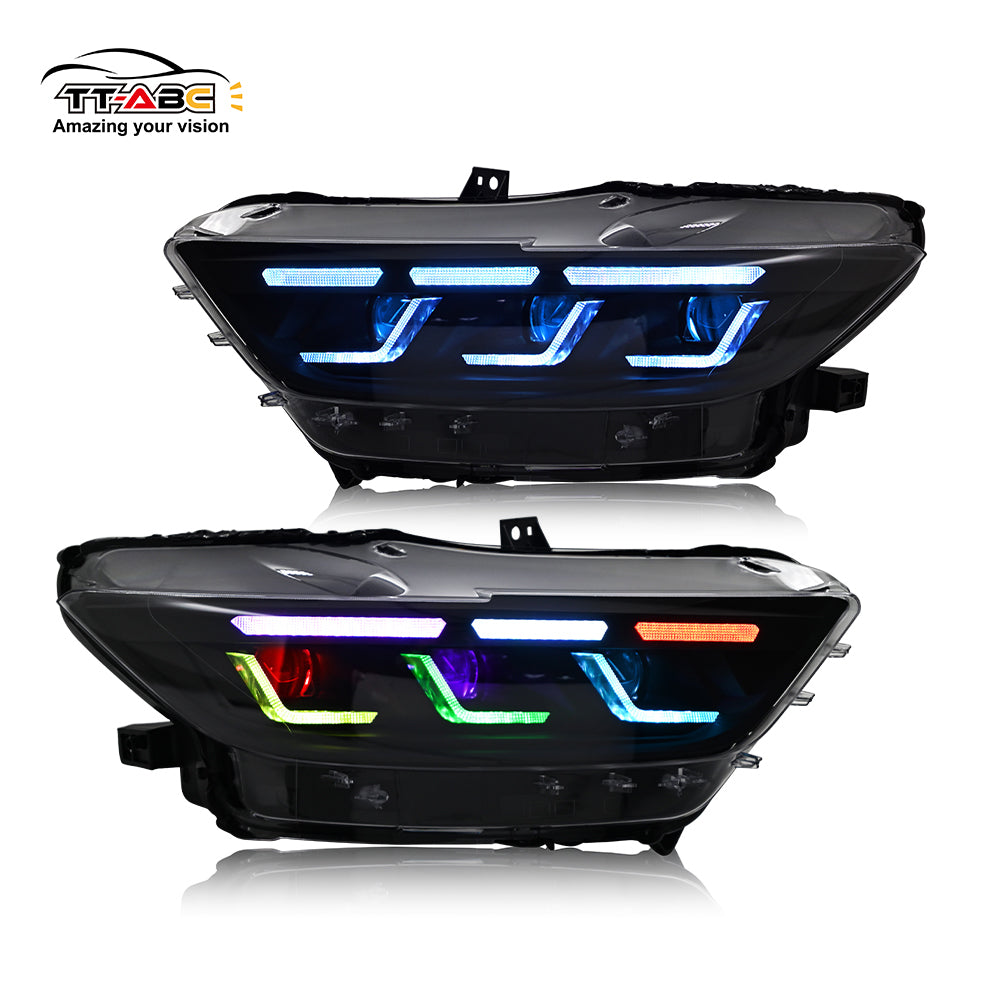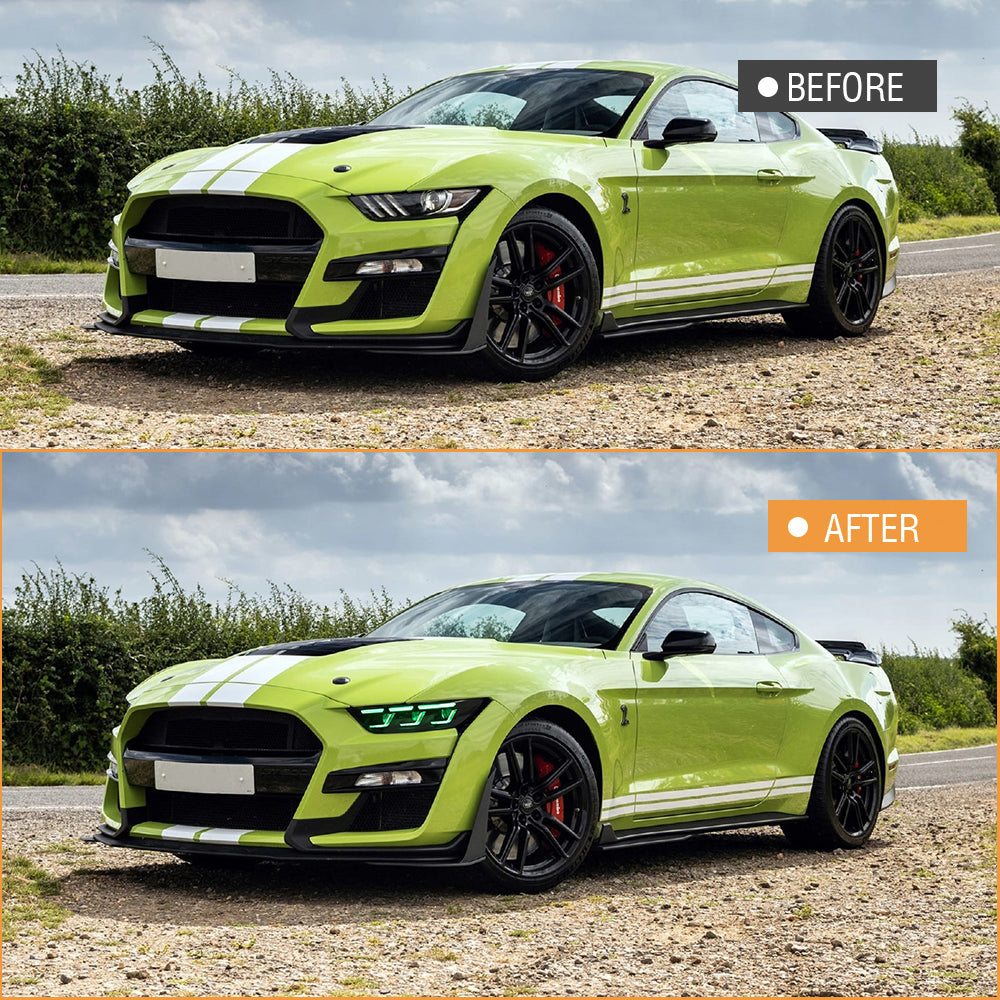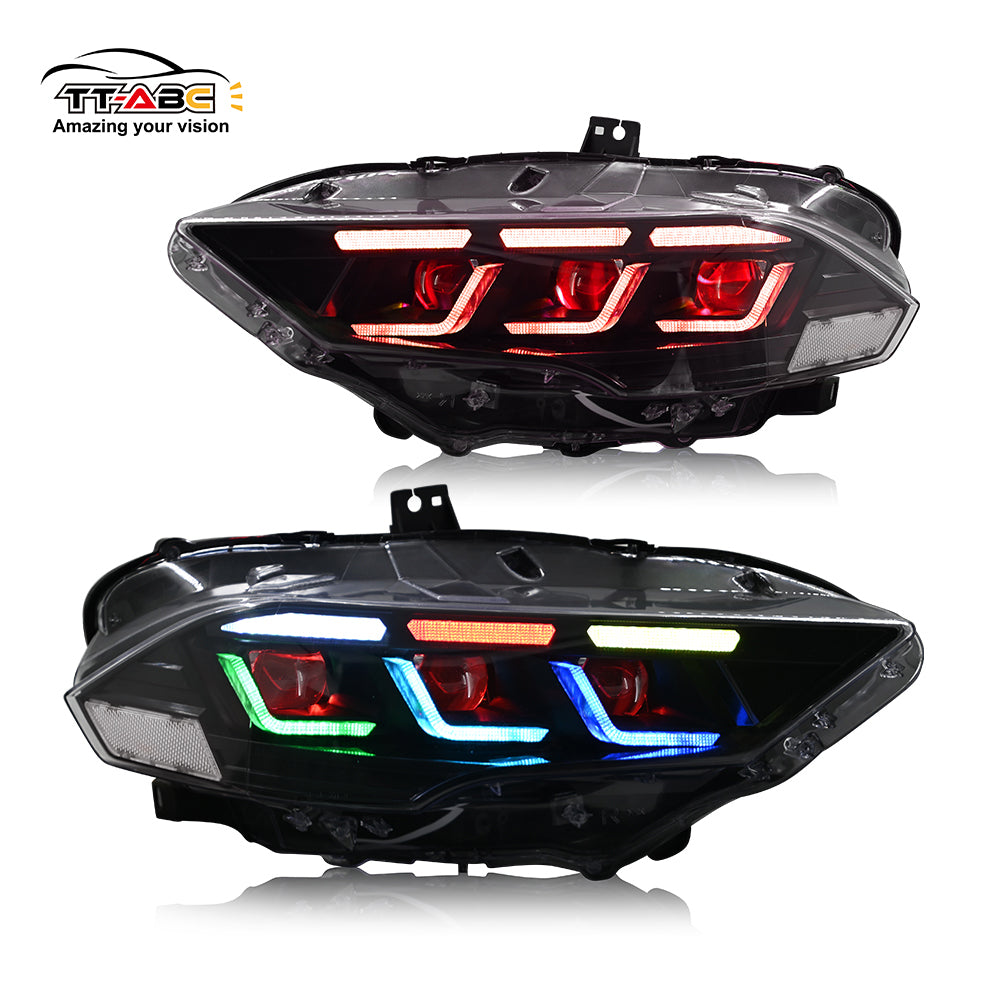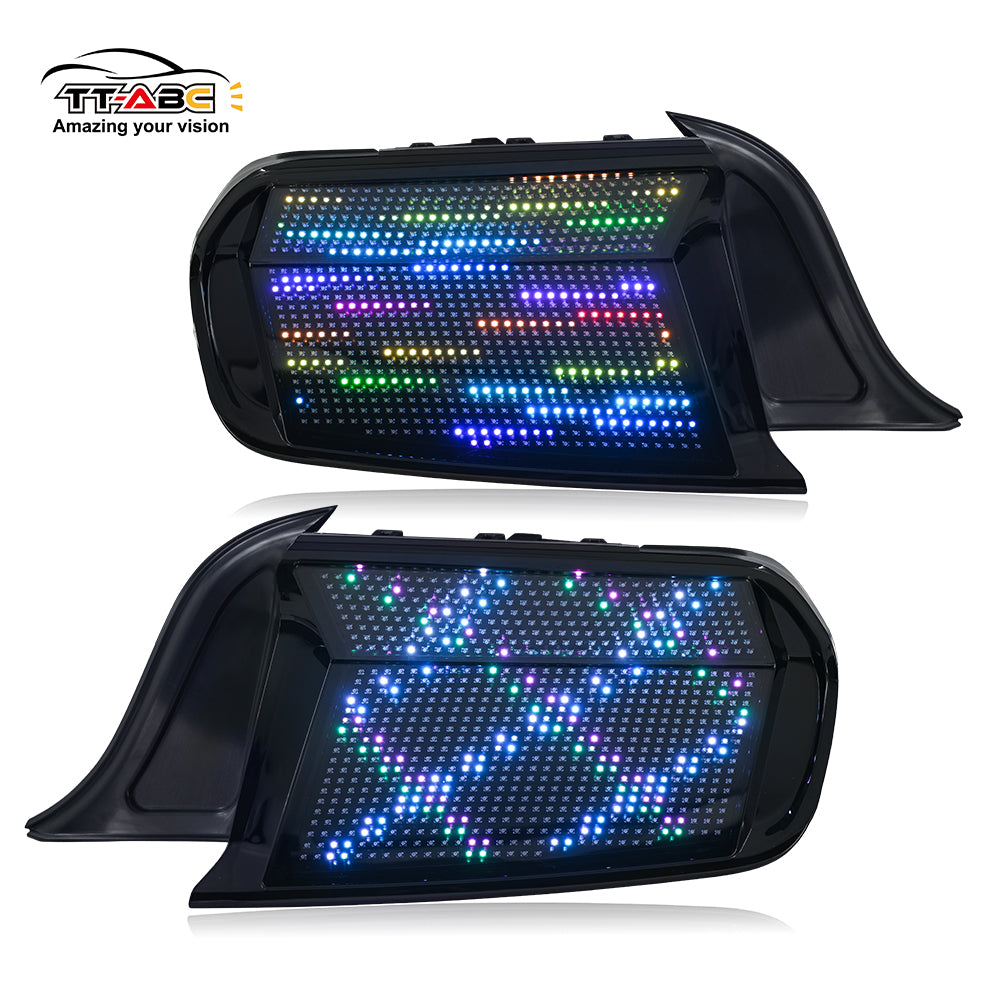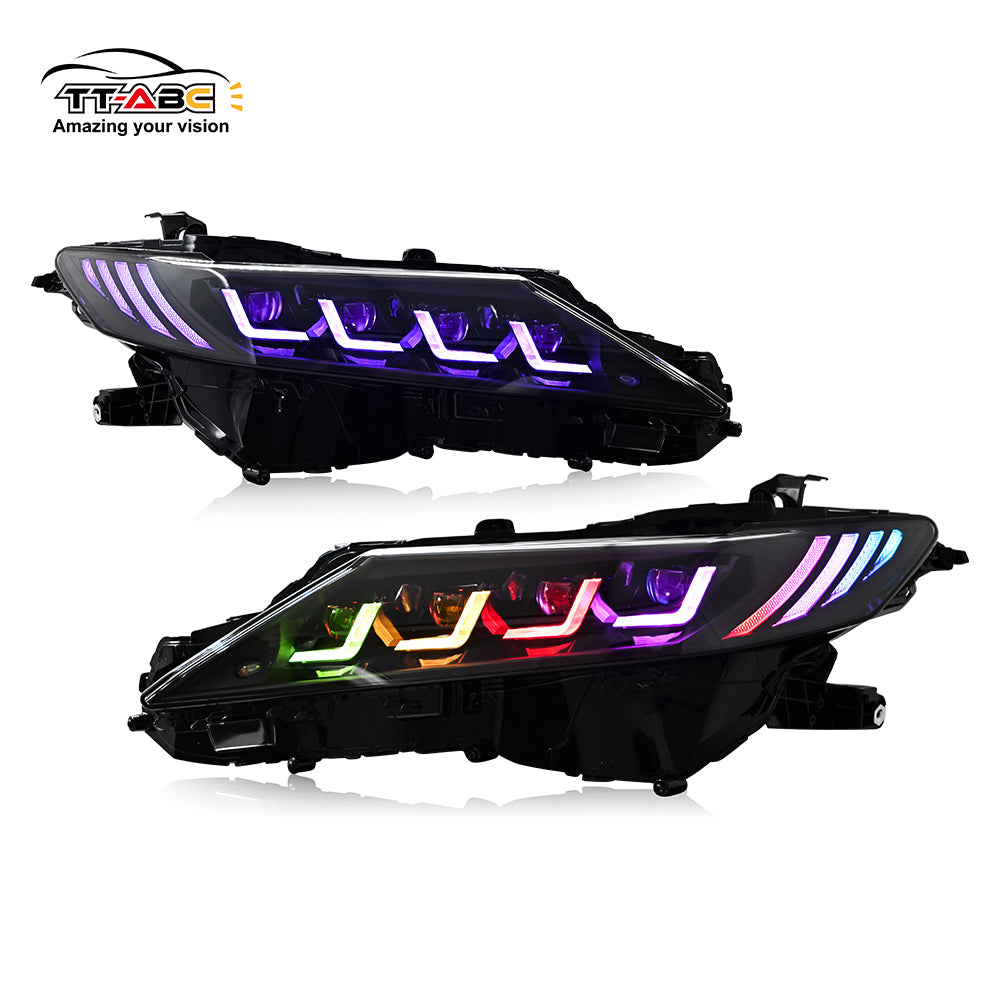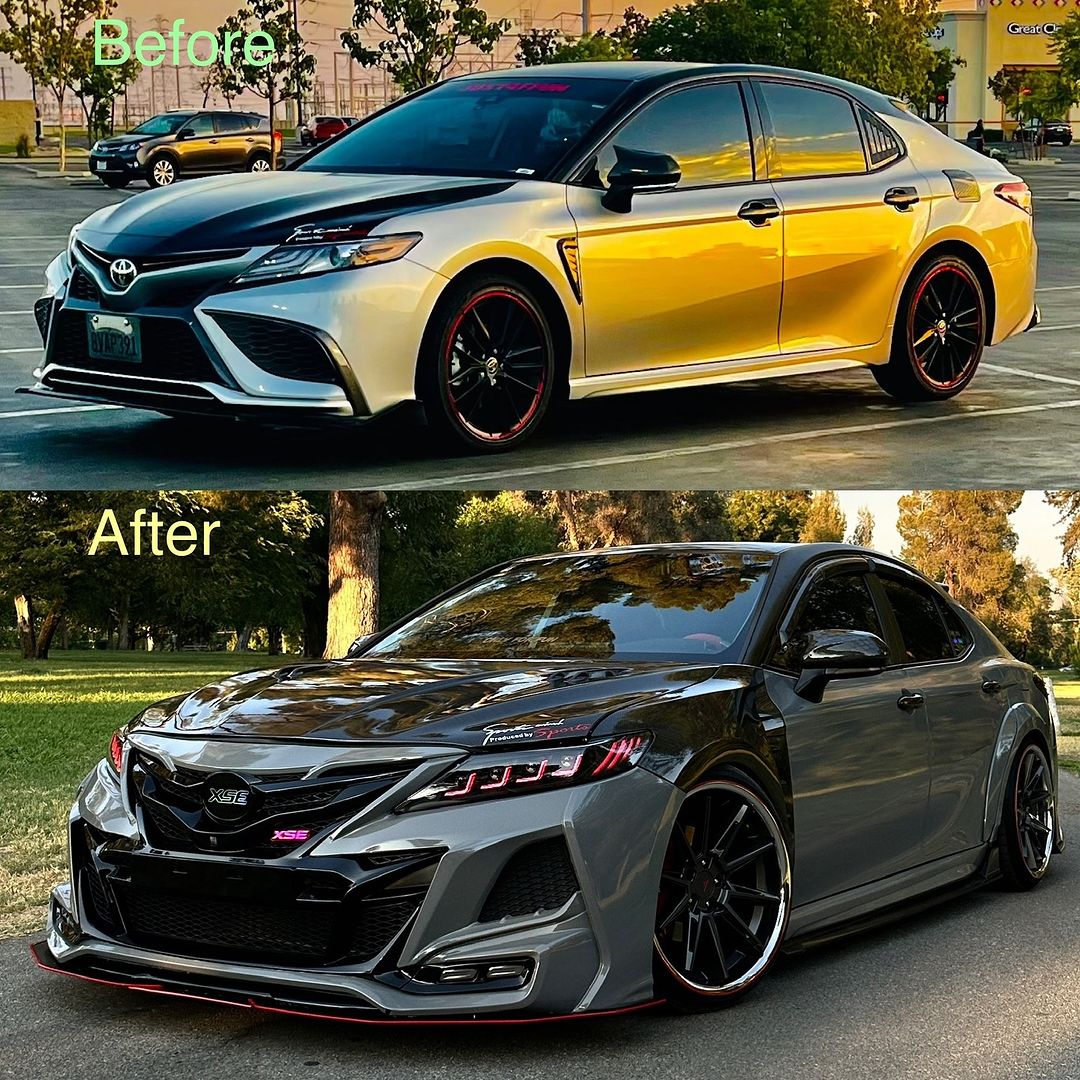The single LED is composed of gold wire, LED chip, reflection ring, cathode lead, plastic lead and anode lead.
The core part of the light-emitting diode is a wafer composed of a p-type semiconductor and an n-type semiconductor. There is a transition layer between the p-type semiconductor and the n-type semiconductor, called the pn junction.
In some semiconductor materials in the PN junction, the injection of a few carriers and most carriers compound will be the excess energy in the form of light released, so that the direct conversion of electrical energy into light energy. pn junction plus reverse voltage, a few carriers difficult to inject, so no light.
This use of injected electroluminescence principle to produce the diode called light-emitting diodes, commonly known as LED.

LED light-emitting process consists of three parts:
Forward bias carrier injection, complex radiation and light energy transmission.
Tiny semiconductor wafers are encapsulated in clean epoxy resin, when the electrons pass through the wafer, negatively charged electrons move to the positively charged hole region and compound with it, electrons and holes disappear at the same time to produce photons.
The greater the energy (band gap) between the electrons and holes, the higher the energy of the photon produced. The energy of the photon in turn corresponds to the color of the light. In the spectrum of visible light, blue light and purple light carry the most energy, and orange light and red light carry the least energy. As different materials have different band gaps, they are thus able to emit different colors of light.
When it is in the forward operating state (i.e., positive voltage is added to both ends), the current flows from the LED anode to the cathode, the semiconductor crystal emits light of different colors from ultraviolet to infrared, and the intensity of the light is related to the current. To use an analogy, LED is like a burger, can be light-emitting material is the sandwich of the "patty", and the upper and lower electrodes is the meat of the bun. And through the study of light-emitting materials, people gradually developed a variety of light color, light efficiency of increasingly high LED components, but no matter how the change, the total light-emitting principle and structure of LED has not changed much.











